By Lt. Col. Harold E. Raugh, Jr., Ph.D., U.S. Army (Ret.)
Sylvanus G. Morley (1883-1948) was considered the most influential and successful archaeologist of the pre-Columbian Maya civilization. He conducted field research in southern Mexico and much of Central America, concentrating his efforts at the ruined ceremonial center of Chichen Itza. Morley’s extensive research culminated in the 1946 publication of The Ancient Maya.
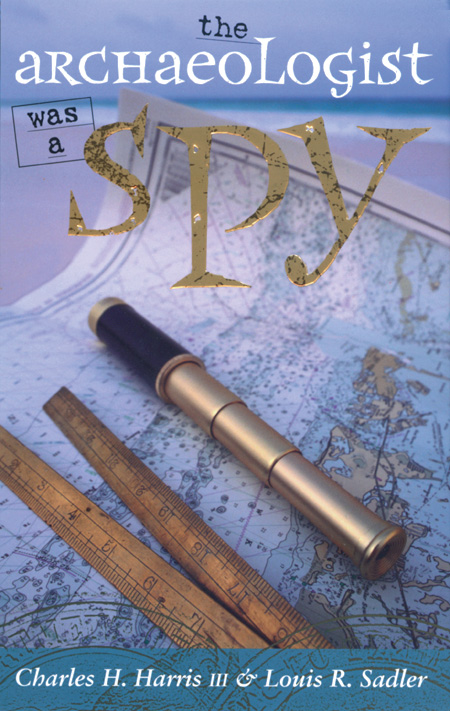 Morley’s work and reputation as an archaeologist was the ideal cover for his work during World War I. As revealed in recently declassified documents, Morley was in fact, according to Charles H. Harris III and Louis R. Sadler’s The Archaeologist Was a Spy: Sylvanus G. Morley and the Office of Naval Intelligence (University of New Mexico Press, Albuquerque, 2003, 450 pp., illustrations, maps, appendices, notes, bibliography, index, $32.50 hardcover), a prominent agent for the Office of Naval Intelligence (ONI).
Morley’s work and reputation as an archaeologist was the ideal cover for his work during World War I. As revealed in recently declassified documents, Morley was in fact, according to Charles H. Harris III and Louis R. Sadler’s The Archaeologist Was a Spy: Sylvanus G. Morley and the Office of Naval Intelligence (University of New Mexico Press, Albuquerque, 2003, 450 pp., illustrations, maps, appendices, notes, bibliography, index, $32.50 hardcover), a prominent agent for the Office of Naval Intelligence (ONI).
By 1917, Morley was an eminent archaeologist who had led a number of expeditions and excavations in Central America. He discussed with colleagues the possibility of gathering intelligence in Central America. In March 1917, on the eve of American entry into World War I, Morley approached ONI and proposed that he and a number of his willing colleagues, maintaining their professional covers, assist ONI operations. On April 6, 1917, Morley was commissioned an ensign in the Naval Coast Defense Reserve, in reality working for ONI. He was assigned to Central America, where his mission was “to search for rumored German submarine bases, to combat pro-German activities generally, and to organize an intelligence network to cover the coast.”
Under the guise of conducting “archaeological reconnaissance” and related endeavors, Morley and his small network of amateur spies performed many valuable services, including surveillance. Morley reported on activities involving German national and merchant ships in Guatemala, British Honduras (now Belize), Honduras, El Salvador, Nicaragua, and other areas. He made jungle treks to investigate rumors of a secret German radio station, as well as detailed coast, river, and port investigations. Morley encoded his reports (with another agent coding his notes with Maya hieroglyphics) and sent them to letter drops, addressed to either “Taro Yamamoto” or “Adolph Schwarz.” They would then be forwarded to ONI headquarters in Washington, DC. Morley’s network of agents was “arguably the best American intelligence network in World War I.”
The authors mined valuable troves of formerly classified documents at the U.S. National Archives, the British Public Record Office, and myriad other archives and manuscript collections. Numerous illustrations and maps help one visualize Morley, his colleagues, and their activities, and a number of his detailed reports are reproduced as appendices.
Morley’s double life as a scholar and a spy ended with his relief from ONI duty in 1919, after the war had ended. This fascinating book, which is quite difficult to put down once opened, chronicles and assesses not only Morley’s contributions to archaeology and intelligence, but also the organization, methods, and ventures of ONI clandestine operations in World War I. It makes a significant contribution to the study of American intelligence operations.
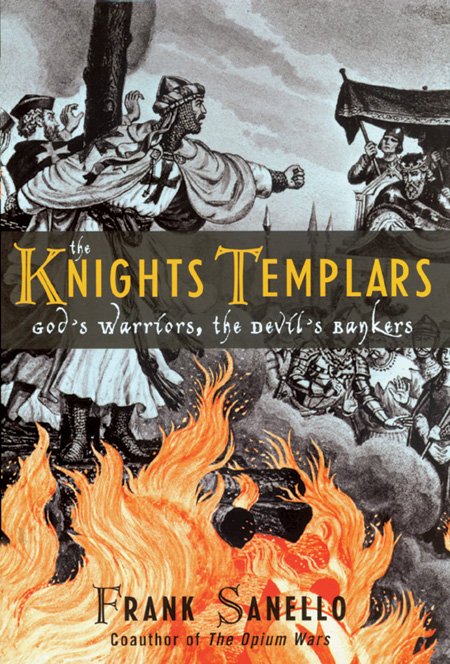 In Brief
In Brief
The Knights Templars: God’s Warriors, the Devil’s Bankers, by Frank Sanello, Taylor, Lanham, MD, 2003, 328 pp., illustrations, bibliography, index, $25.95 hardcover.
The Order of the Poor Knights of Christ and the Temple of Solomon—the Knights Templar—was founded by Hugues de Payen in Jerusalem in 1118 ad, shortly after the Holy City was captured by Christian knights in the First Crusade. These aristocratic warrior-monks, whose original mission was to protect pilgrims traveling to Jerusalem, took a personal vow of obedience, chastity, and poverty, although the latter did not exclude individuals from sharing in the group’s wealth. From these humble beginnings, the Knights Templar evolved into a European political and financial power until the order was officially banned two centuries later. Sanello’s book chronicles the origins, development, and disbanding of the Knights Templar, as well as a number of its legends, including the quest for the Holy Grail. While not the product of original research, this is the interesting story of holy men who zealously killed in the name of Jesus, convinced this would lead them to paradise and eternal salvation.
More Than Roman Valor: The Revolutionary War Fact Book, by Robert M. Dunkerly, Publish America, Baltimore:, 2003, 264 pp., illustrations, maps, bibliography, $21.95 softcover.
Robert M. Dunkerly, an authority on early American history, has written an important reference book on the Revolutionary War. The causes of the conflict are placed ably within their proper economic, cultural, and political context. Worthwhile information is provided on the chronology of the war—the organization, weapons, and logistics of the opposing armies and navies; the background to and signers of the Declaration of Independence; historical sites associated with the American Revolution, and other interesting material. The author’s goal in preparing this volume was not simply to compile a laundry list of battle facts, but to “show how events upheld, how people reacted, and how battles related to other events.” This fine book makes a superb contribution to one’s understanding of all facets of the American Revolution.
Guns in the Desert: General Jean-Pierre Doguereau’s Journal of Napoleon’s Egyptian Expedition, translated by Rosemary Brindle, Praeger, Westport, CT, 2002, 200 pp., illustrations, maps, endnotes, biographical notes, index, $79.95 hardcover.
Napoleon Bonaparte was appointed commander of the French Army of the Orient in April 1798, and invaded Egypt three months later to further weaken the Ottoman Empire and establish a springboard for attacking British India. Twenty-four-year-old Lieutenant (later General) Jean-Pierre Doguereau, a staff officer who commanded a division’s artillery at the hard-fought Battle of the Pyramids (July 21, 1798), served throughout this grim and unsuccessful campaign. A keen observer and sympathetic recorder, Doguereau chronicled the harshness, brutality, sickness, and bloodshed of the French military operations, including the offensive into Syria and failure to capture Acre, until his return to France in 1802. This is the first English translation of Doguereau’s interesting (although relatively expensive) account, and it sheds significant light on a generally overlooked Napoleonic campaign.
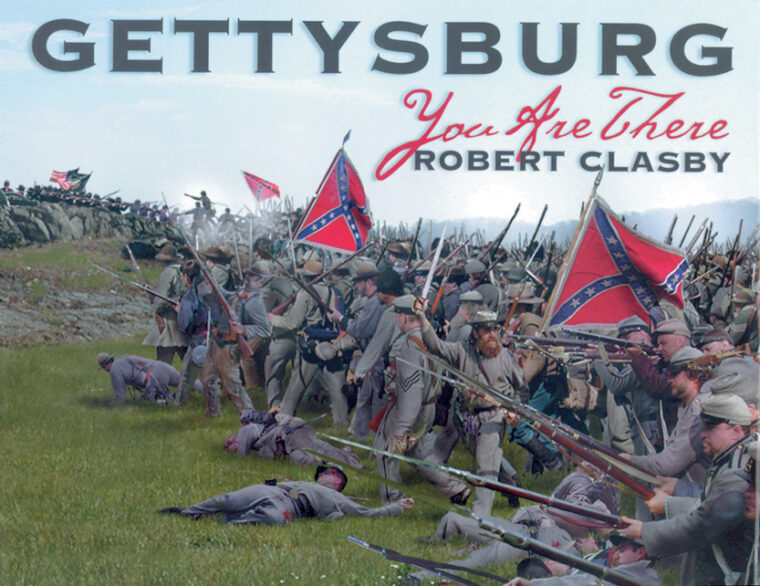 Gettysburg: You Are There, by Robert Clasby, Burford Books, Short Hills, NJ, 2003, 128 pp., illustrations, map, index, $24.95 hardcover.
Gettysburg: You Are There, by Robert Clasby, Burford Books, Short Hills, NJ, 2003, 128 pp., illustrations, map, index, $24.95 hardcover.
The Battle of Gettysburg, July 1-3, 1863, was a watershed in American history and continues to hold a revered place in the American psyche. While thousands of history enthusiasts and others visit Gettysburg National Military Park each year, it remains difficult to envision battlefield scenes and the course of operations that took place during the Civil War. By combining digital photographs of actual battlefield sites with computer-enhanced images of living history reenactments, the author has recreated detailed and stunning color portrayals of what the battle may have actually looked like (although smoke obscuration may have been greater than depicted). From McPherson Ridge, Devil’s Den, and Little Round Top to the Wheatfield, Cemetery Hill, and the Angle, the vivid and conjectural images in this impressive volume provide a new dimension to understanding the Battle of Gettysburg.
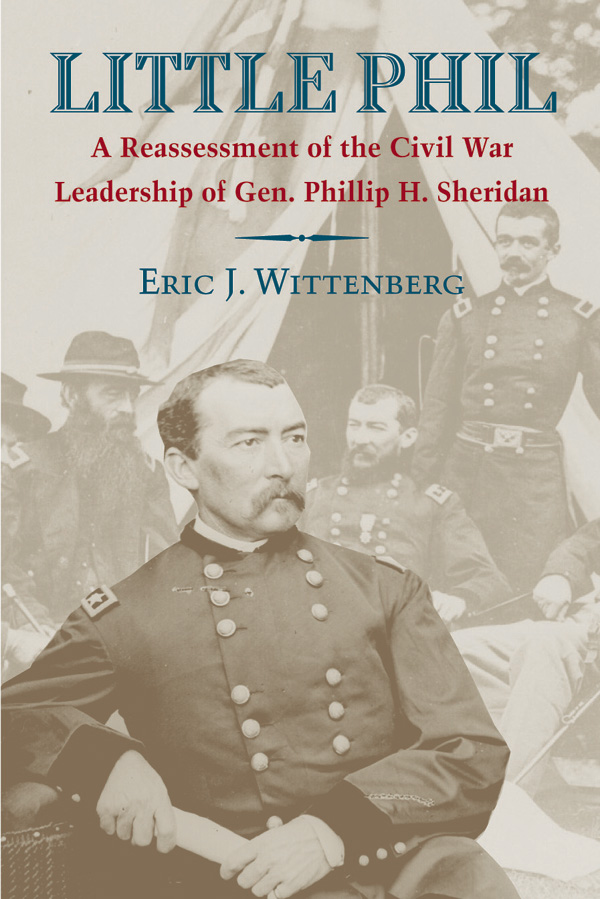 Little Phil: A Reassessment of the Civil War Leadership of Gen. Philip H. Sheridan, by Eric J. Wittenberg, Brassey’s, Washington, DC, 2002, 250 pp., illustrations, maps, notes, appendices, bibliography, index, $24.95 hardcover.
Little Phil: A Reassessment of the Civil War Leadership of Gen. Philip H. Sheridan, by Eric J. Wittenberg, Brassey’s, Washington, DC, 2002, 250 pp., illustrations, maps, notes, appendices, bibliography, index, $24.95 hardcover.
Major General Philip H. Sheridan, who commanded the Cavalry Corps in the East and the Army of the Shenandoah in 1864, emerged from the Civil War as one of the most successful and professional Union generals. Sheridan’s martial reputation has generally remained intact and has cast a long shadow over history—until now. Attorney and historian Eric J. Wittenberg has critically reassessed Sheridan’s generalship, focusing on his performance in 1864 and 1865. While conceding that Sheridan did have a number of good qualities, the author musters evidence to conclude that Sheridan was a lackluster, frequently insubordinate, occasionally undependable, vindictive, prevaricating, self-serving officer who “does not deserve the lofty reputation bestowed upon him by history.” Are the author’s conclusions accurate and convincing? Readers of this well-written, thoroughly researched, and provocative study can decide for themselves.
The American Civil War: An English View—The Writings of Field Marshal Viscount Wolseley, edited by James A. Rawley, Stackpole Books, Mechanicsburg, PA, 2002, 228 pp., index, $26.95 hardcover.
An admiring Lieutenant Colonel (later Field Marshal Viscount) Garnet J. Wolseley, a British Army officer who visited the Confederate military headquarters in 1862, considered General Robert E. Lee “the ideal patriot” and “a true hero.” Wolseley’s writings on the Civil War—“A Month’s Visit to the Confederate Headquarters” (published in Great Britain in 1863), “General Lee” (published in 1887), and “An English View of the Civil War” (published in seven parts in the 1880s)—are collected in this single volume. Wolseley’s earliest article was markedly pro-Confederate, but his later essays reveal mature judgment and reflection in his analysis of the tactics, strategy, and leadership of the Civil War opponents. When originally published, Wolseley’s vivid and descriptive essays inspired British interest in the Civil War, and to this day provide a uniquely British prism through which to view America’s colossal fratricidal conflict.
The Wind of Morning: An Autobiography, by Hugh Boustead, Craven Street Books, Fresno, CA, 2002, 240 pp., illustrations, maps, index, $21.95 softcover.
Colonel Sir Hugh Boustead was among the last of a dying breed of the British Army’s soldier-adventurers who thrived in the twilight years of the British Empire. Born in 1895 in Ceylon, Boustead served in both the Royal Navy and in the British Army in World War I, in the Russian Civil War, in the Sudan, and in the Ethiopian campaign early in World War II. But he was much more than a soldier, representing Great Britain in the 1920 Olympics, exploring the Western Desert of Libya, and participating in an early, albeit unsuccessful, attempt to conquer Mount Everest. A fascinating page-turner, Boustead’s candid and well-written autobiography recalls the adventure- and service-filled life of a man who lived life to the fullest.
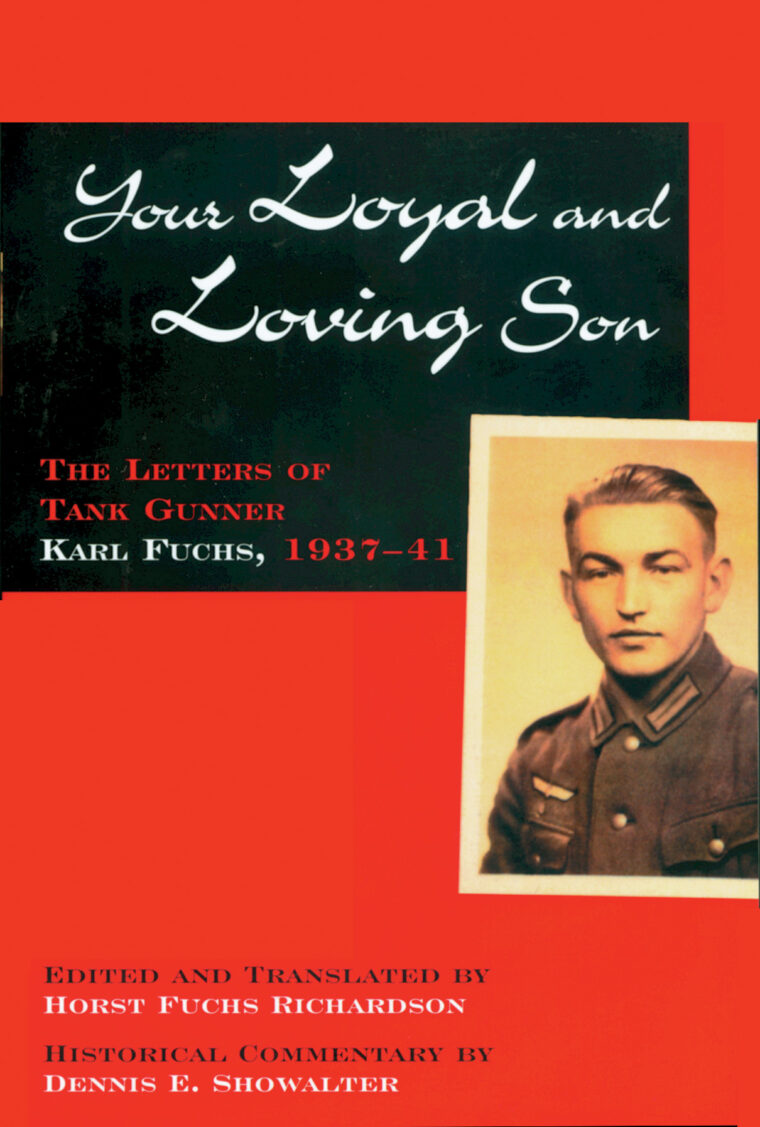 Your Loyal and Loving Son: The Letters of Tank Gunner Karl Fuchs, 1937-41, edited by Horst Fuchs Richardson, Brassey’s, Washington, DC, 2003, 163 pp., illustrations, glossary, $18.95 softcover.
Your Loyal and Loving Son: The Letters of Tank Gunner Karl Fuchs, 1937-41, edited by Horst Fuchs Richardson, Brassey’s, Washington, DC, 2003, 163 pp., illustrations, glossary, $18.95 softcover.
Karl Fuchs was “truly devoted to the cause of Greater Germany and felt it was his sacred duty to engage in battle for this cause”—in other words, Fuchs was a hardcore Nazi. Although studying to be a teacher, Fuchs joined the German Army in 1939 and became a tank platoon leader in the 7th Panzer Division, participating in the June 1941 invasion of the Soviet Union and subsequent barbarous fighting on the Eastern Front. He was a prolific letter writer, and his many candid letters begin with Fuchs attending a National Labor Service Camp in 1937 and end with his death in November 1941 while “fighting bravely for Greater Germany in the front lines during a heavy battle with Russian tanks” near Moscow. Fuchs’ interesting letters, collected by a son he never knew, help reveal combat conditions on the Eastern Front and the Nazi zeal of the soldiers who unflinchingly served in Hitler’s war machine.
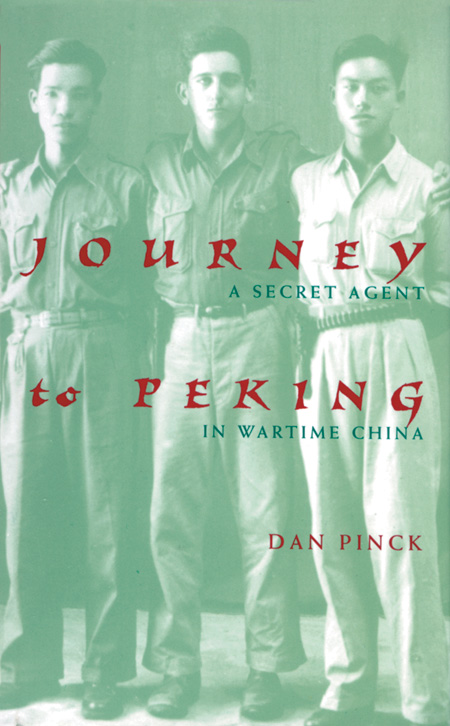 Journey to Peking: A Secret Agent in Wartime China, by Dan Pinck, Naval Institute Press, Annapolis, MD, 2003, 219 pp., photographs, $26.95 hardcover.
Journey to Peking: A Secret Agent in Wartime China, by Dan Pinck, Naval Institute Press, Annapolis, MD, 2003, 219 pp., photographs, $26.95 hardcover.
“I was given millions of dollars and a crate of condoms to give to Chinese leaders[, and] I didn’t even know what they were for,” recalled Dan Pinck, who as a 19-year-old college student volunteered to serve with the Office of Strategic Services (OSS) in World War II. Pinck spent his wartime service in China as the sole American agent at a remote station behind enemy lines near Hong Kong, where he coordinated the activities of some 20 Chinese operatives. His autobiographical narrative—candid, poignant, amusing, interesting, and informative—focuses on his daily activities and the people he met in wartorn China. This elegantly written and self-effacing chronicle is a delight to read.
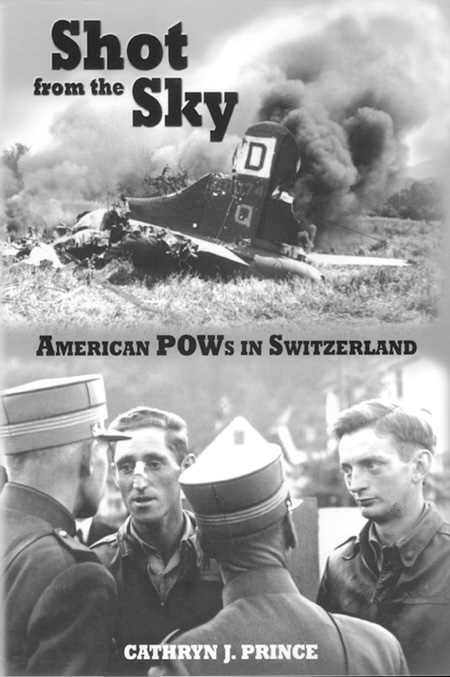 Shot from the Sky: American POWs in Switzerland, by Cathryn J. Prince, Naval Institute Press, Annapolis, MD, 2003, 288 pp., illustrations, map, table, appendix, notes, bibliography, index, $29.95 hardcover.
Shot from the Sky: American POWs in Switzerland, by Cathryn J. Prince, Naval Institute Press, Annapolis, MD, 2003, 288 pp., illustrations, map, table, appendix, notes, bibliography, index, $29.95 hardcover.
The popular image of Switzerland is of a neutral, nonaligned, peace-loving nation. It is a tremendous surprise to learn, as chronicled in this revealing and skillfully written book, that during World War II Switzerland shot and forced down well over a hundred U.S. planes that had entered Swiss airspace. More than a thousand U.S. airmen were interned by the Swiss, and those who tried to escape and were recaptured were held in concentration camps in conditions “as bad as those in some prisoner-of-war camps in Nazi Germany.” Ironically, at the time, the Geneva Accords did not protect these Americans because the Accords did not apply to “neutral” nations. This compelling account, which deserves a large readership, further exposes Switzerland’s duplicitous World War II neutrality and benevolence.
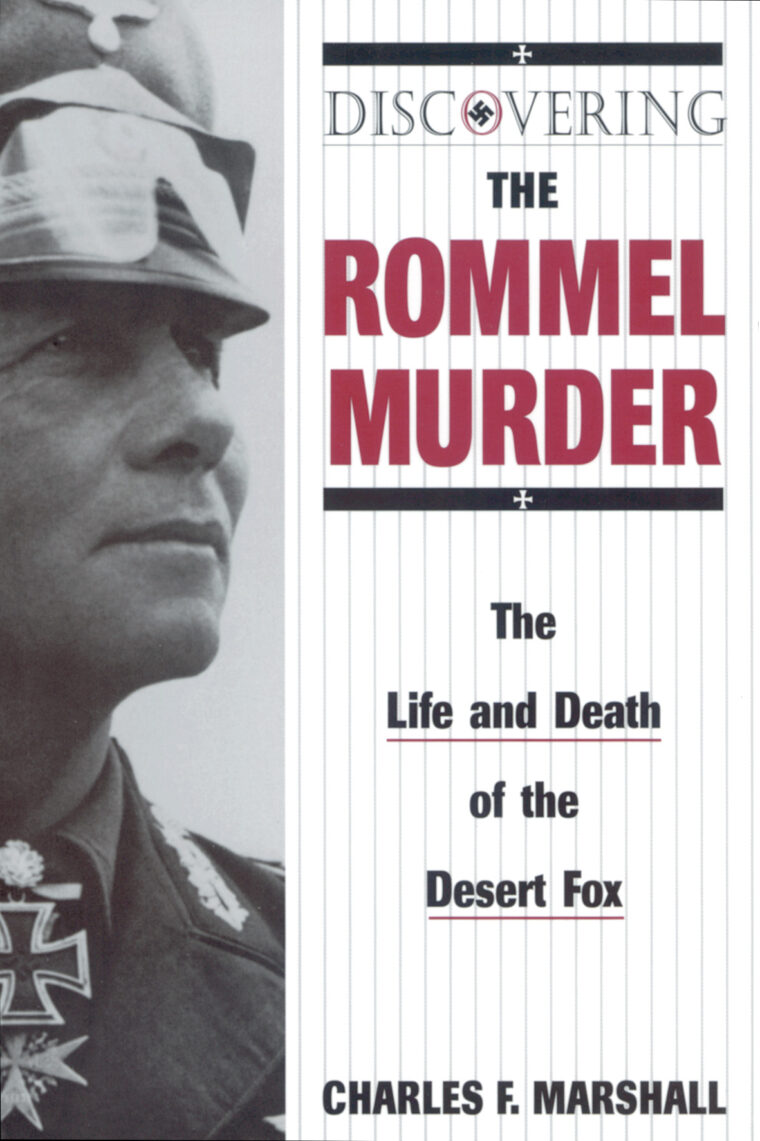 Discovering the Rommel Murder: The Life and Death of the Desert Fox, by Charles F. Marshall, Stackpole, Mechanicsburg, PA, 2002, 267 pp., illustrations, $16.95 softcover.
Discovering the Rommel Murder: The Life and Death of the Desert Fox, by Charles F. Marshall, Stackpole, Mechanicsburg, PA, 2002, 267 pp., illustrations, $16.95 softcover.
German Field Marshal Erwin Rommel, the “Desert Fox,” was thought to have died from injuries sustained when his automobile was strafed and crashed in Normandy on July 17, 1944. This perception was reinforced when Adolf Hitler gave him a state funeral as a hero. The truth—that Rommel was forced to commit suicide in October 1944 after being implicated in the July 20, 1944, attempt to assassinate Hitler—was not known until after the war. Charles F. Marshall, a U.S. Army intelligence officer and German linguist in VI Corps, interrogated senior German officers after the war. In his search for historical documents, Marshall met Rommel’s widow, and as they got to know each other better, Mrs. Rommel revealed the astounding truth of Rommel’s death. Marshall’s narrative is a fascinating and intriguing historical detective story.
The Wound and the Dream: Sixty Years of American Poems About the Spanish Civil War, edited by Cary Nelson, University of Illinois Press, Champaign, 2002, 329 pp., illustrations, notes, glossary, biographical sketches, index, $19.95 softcover.
Americans formed the Abraham Lincoln Brigade and joined some 40,000 citizens from 52 countries to fight for the Spanish Republic during the Spanish Civil War, 1936-1939. This conflict, a precursor to World War II, pitted the forces of democracy against fascism along clear ideological lines and inspired a wide range of poetry. The frequently overlooked American poetic responses to the Spanish Civil War have been collected in this volume and include “Smiles and Blood,” “Say That We Saw Spain Die,” “Francisco, I’ll Bring You Red Carnations,” “Garcia Lorca and the One-Legged Schoolteacher,” and the defiant “They Shall Not Pass.” These vivid and poignant poems evoke the idealism of American participation in, and the brutal savagery of, the Spanish Civil War.
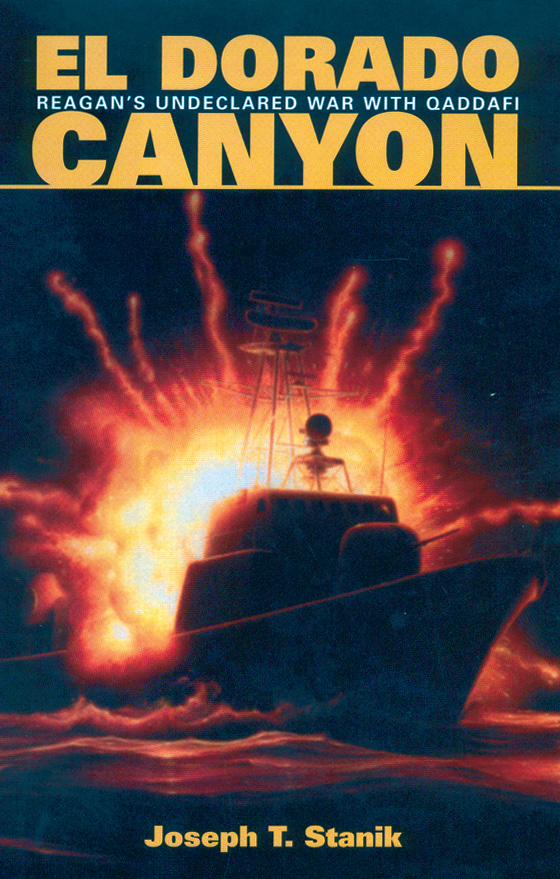 El Dorado Canyon: Reagan’s Undeclared War with Qaddafi, by Joseph T. Stanik, Naval Institute Press, Annapolis, MD, 2002, 360 pp., illustrations, maps, notes, bibliography, index, $34.95 hardcover.
El Dorado Canyon: Reagan’s Undeclared War with Qaddafi, by Joseph T. Stanik, Naval Institute Press, Annapolis, MD, 2002, 360 pp., illustrations, maps, notes, bibliography, index, $34.95 hardcover.
In 1981, President Ronald Reagan pledged “swift and effective retribution” in response to any acts of terrorism against Americans. Five years later, Reagan turned these words into action as the United States bombed selected Libyan targets to punish Libyan leader Muammar al-Qaddafi for his alleged involvement in a West Berlin discotheque bombing that claimed the lives of American soldiers. This book is a comprehensive narrative and assessment of the events and circumstances leading up to and the actual conduct of this air strike, named Operation El Dorado Canyon. Three other hostile encounters that took place between the United Staes and Libya during the Reagan administration, in addition to related diplomatic activities and covert operations, are chronicled in compelling detail. This well-researched and clearly written study effectively provides a foundation for better understanding America’s war on terrorism.
Over Seas: U.S. Army Maritime Operations, 1898 Through the Fall of the Philippines, by Charles Dana Gibson with E. Kay Gibson, Ensign Press, Camden, ME, 2002, 474 pp., illustrations, maps, tables, appendices, glossary, bibliography, indices, $49.95 hardcover.
The U.S. Army Quartermaster Department established its own ocean shipping agency known as the Army Transport Service (ATS) in 1898 during the Spanish-American War. Maritime vessels were needed to transport Army troops as they participated, for the first time, in large-scale overseas operations. This meticulously researched and clearly written study chronicles the role of the ATS from 1898, including the 1900-1901 China Expedition, operations in the Philippines, 1899-1913, and World War I, through the American loss of the Philippines to the Japanese in May 1942 and the end of the ATS. Supplemented with descriptive appendices and detailed vessel listings, Over Seas is and will probably remain the authoritative work on this interesting topic.
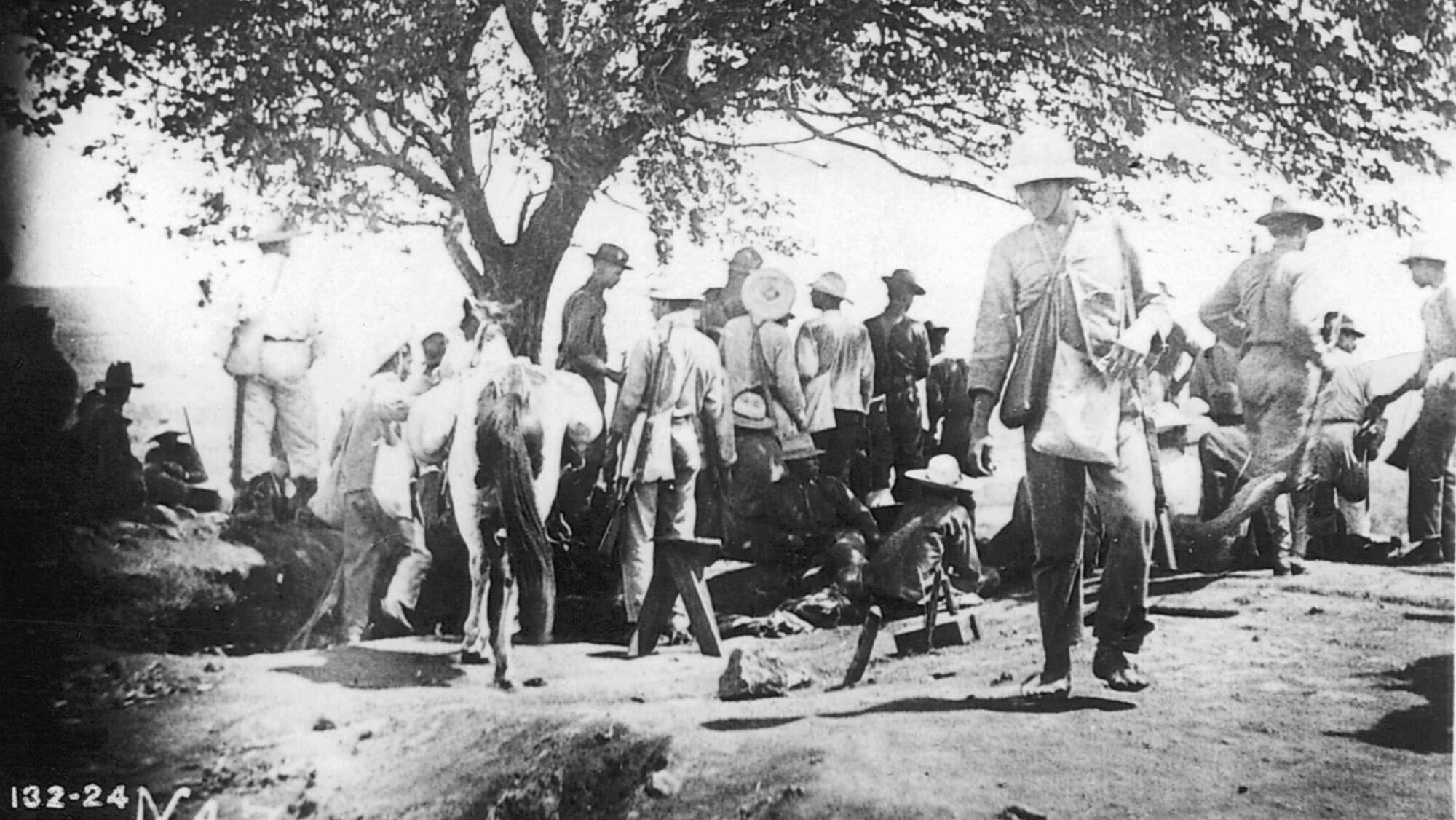
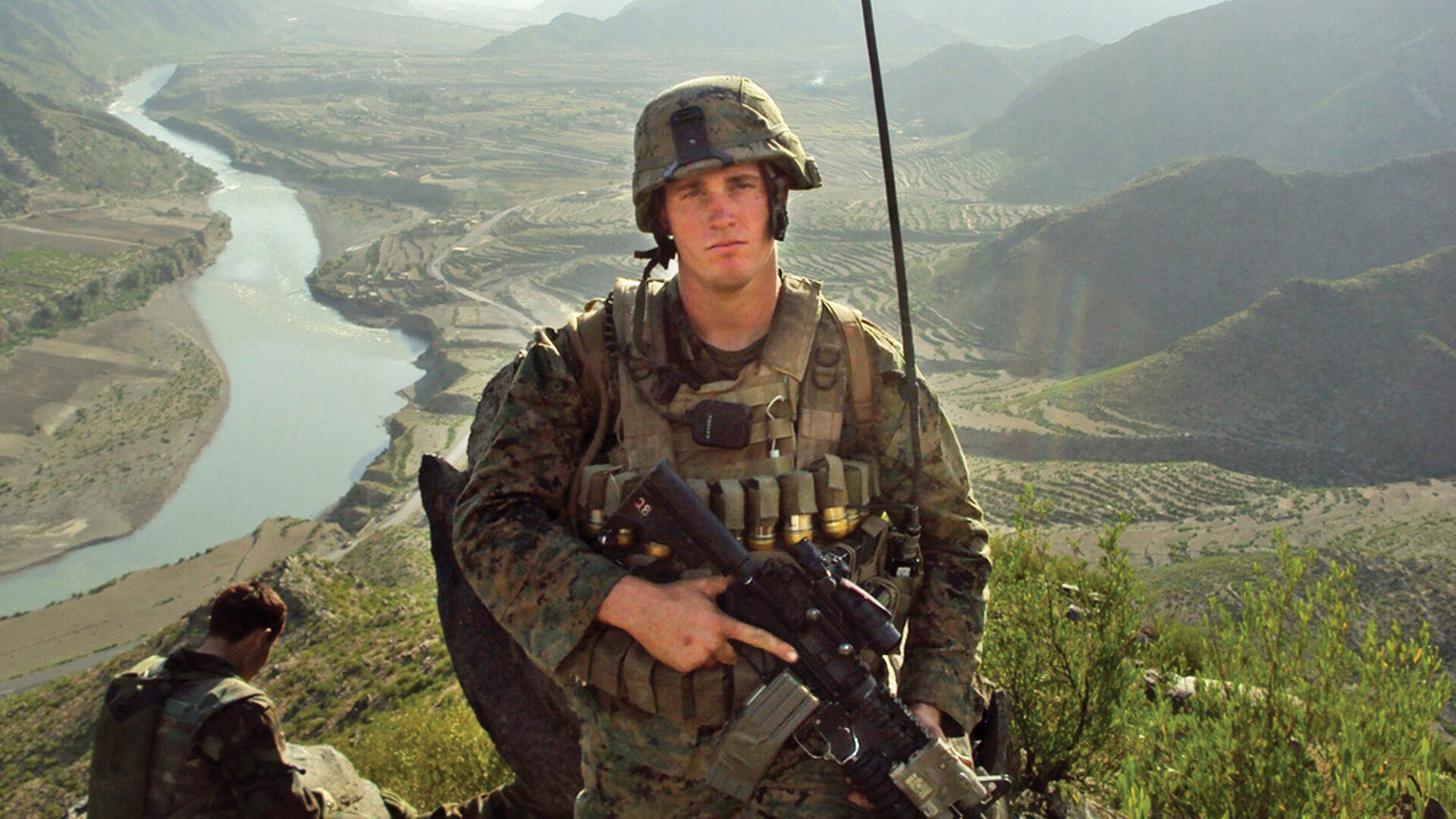
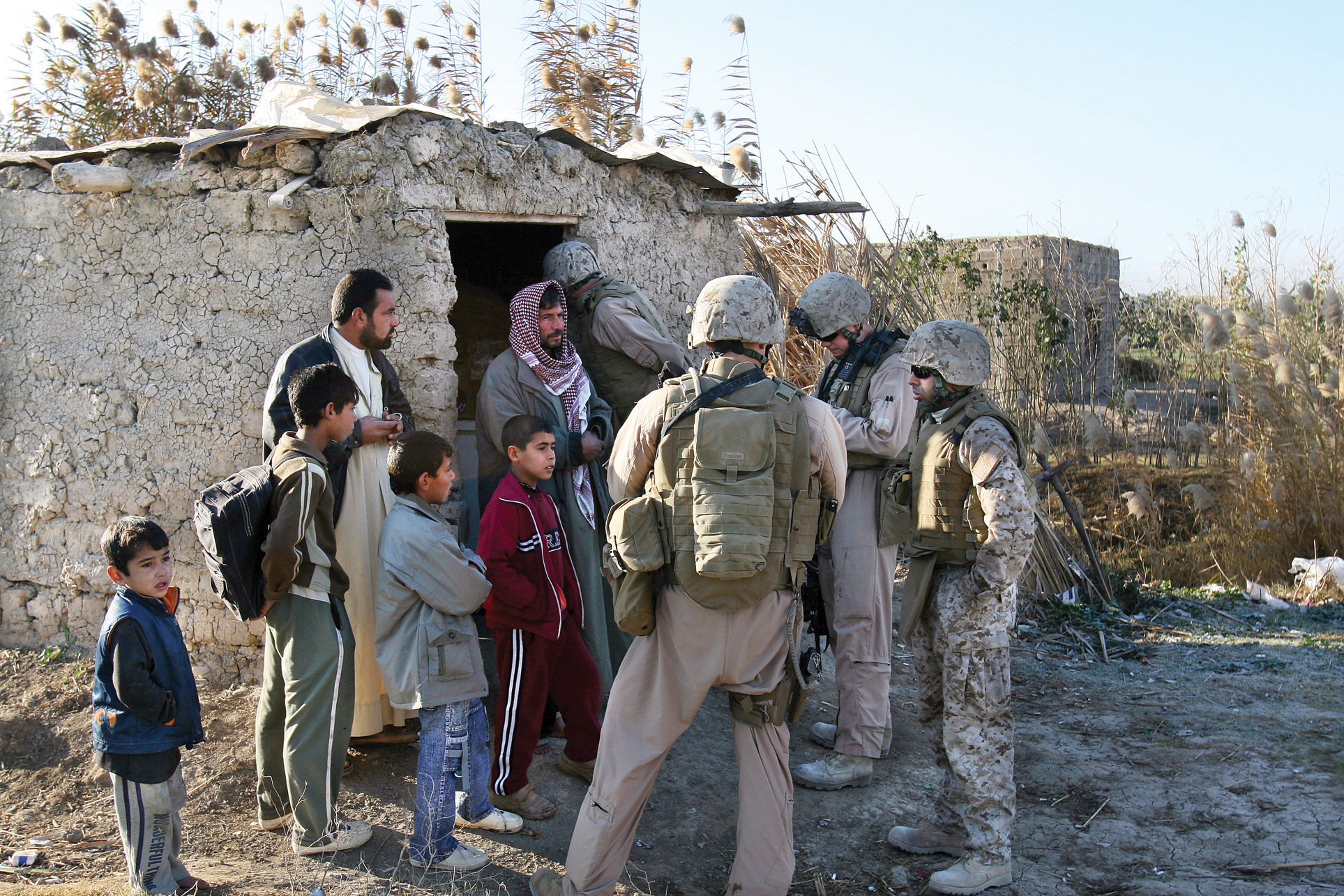
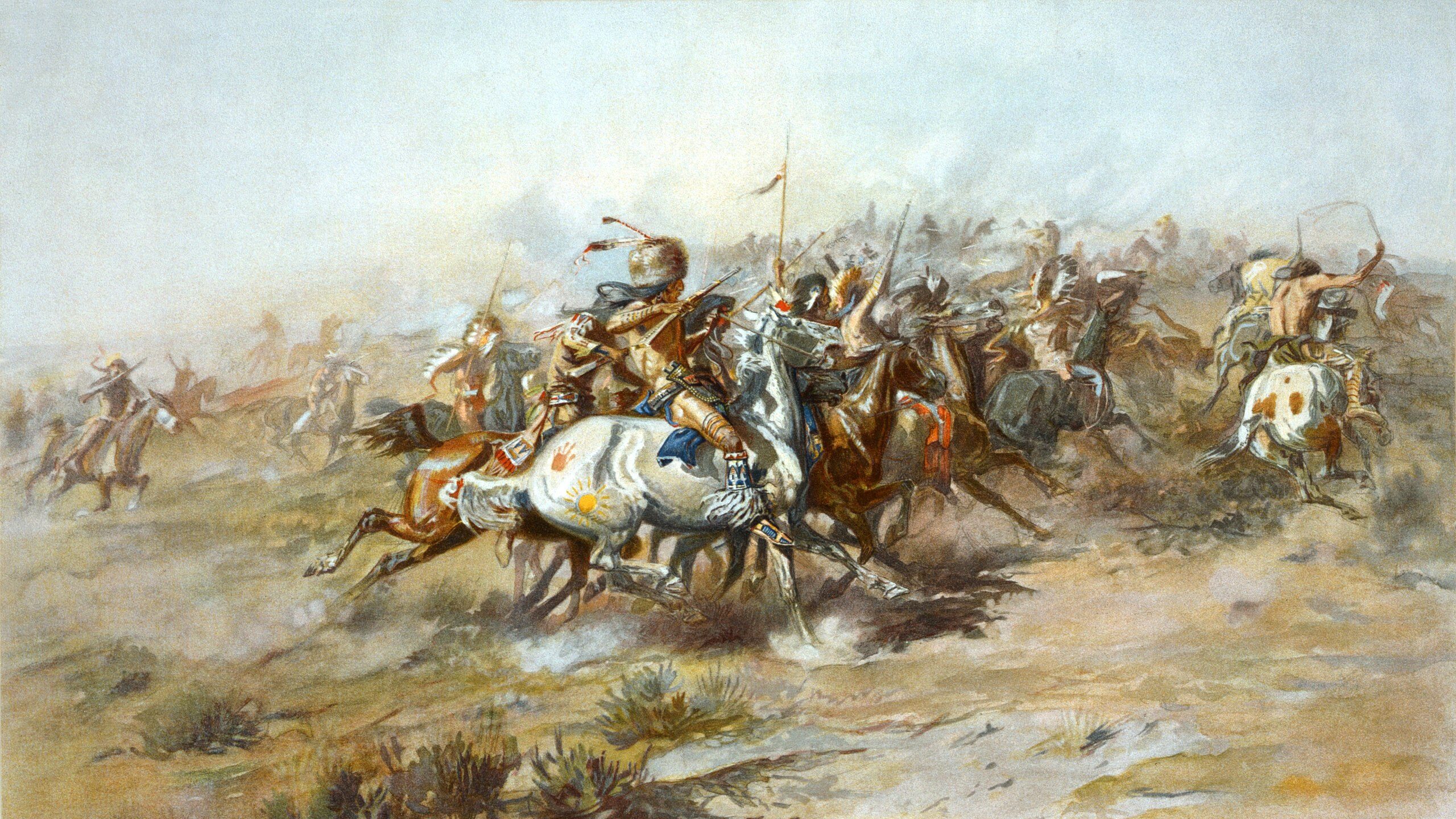
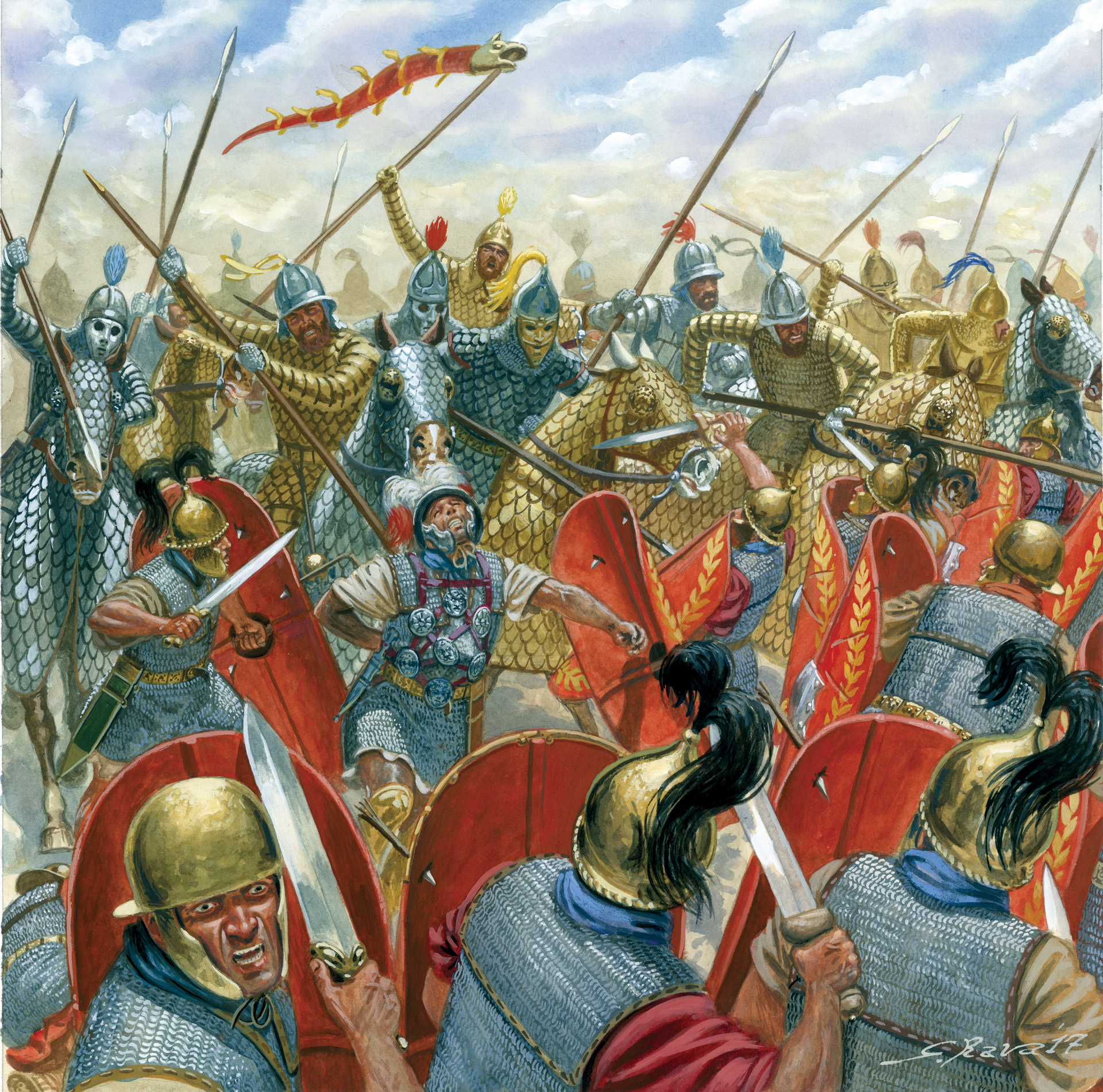
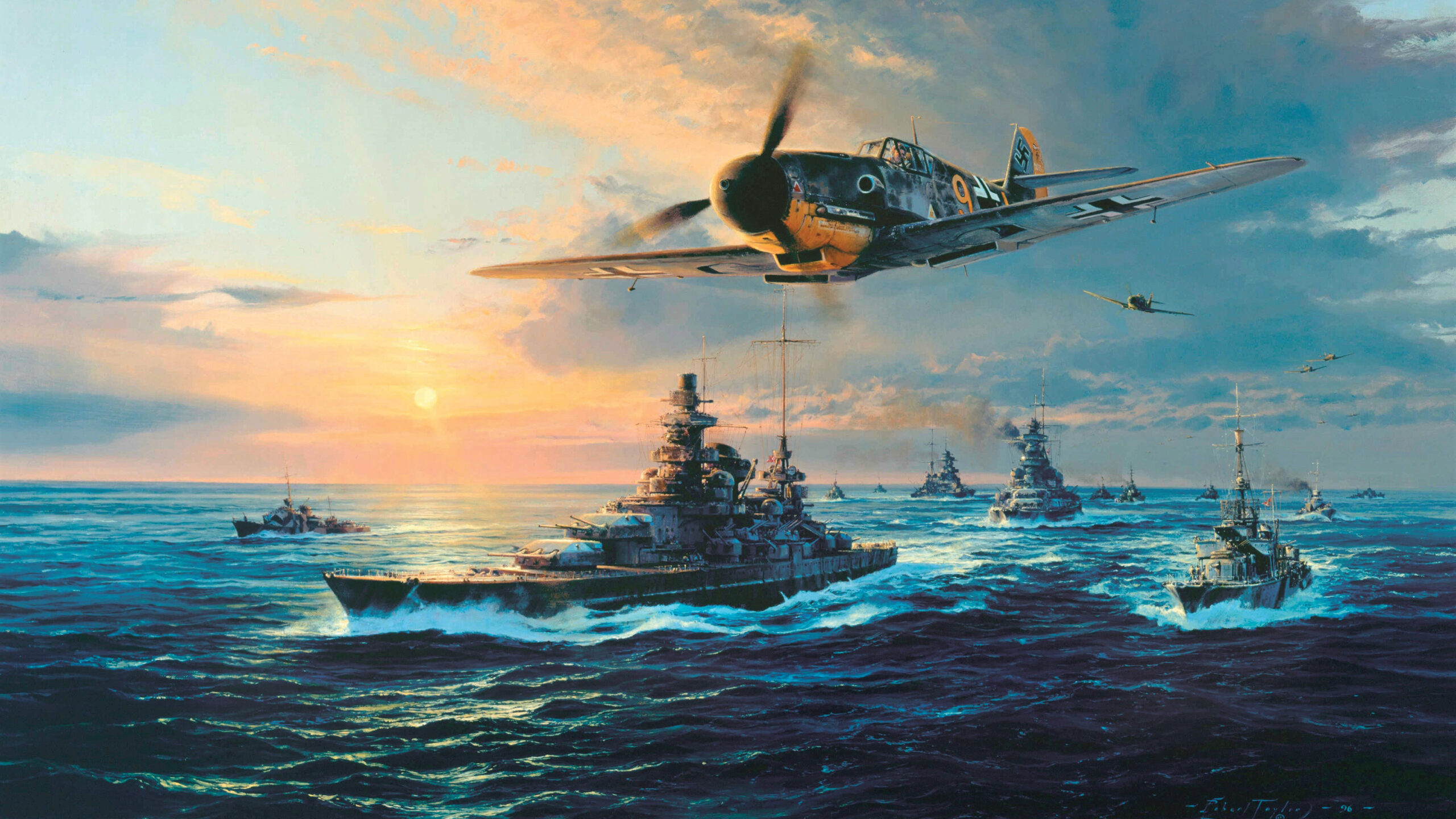
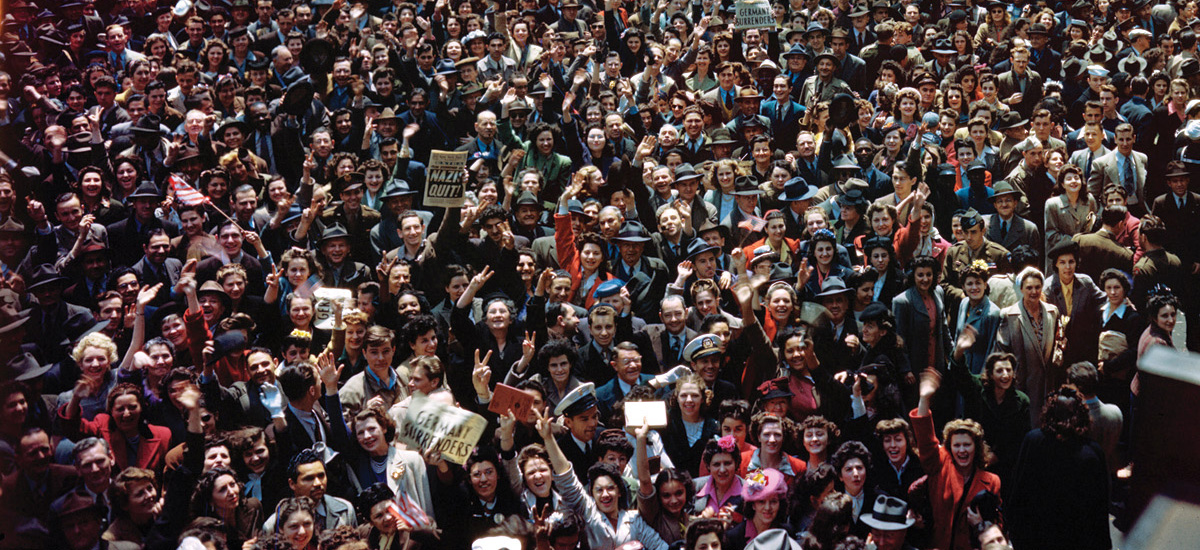
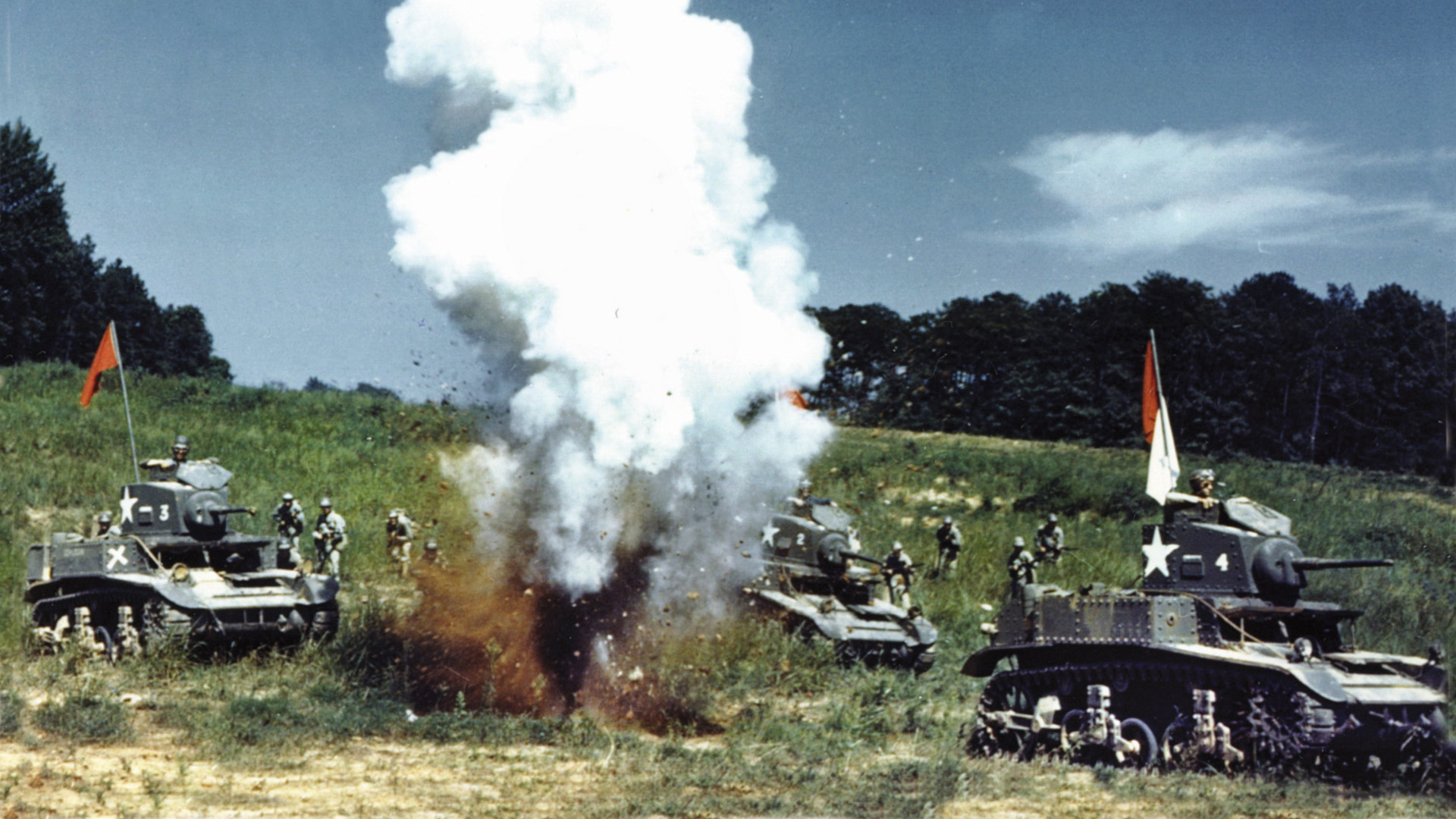
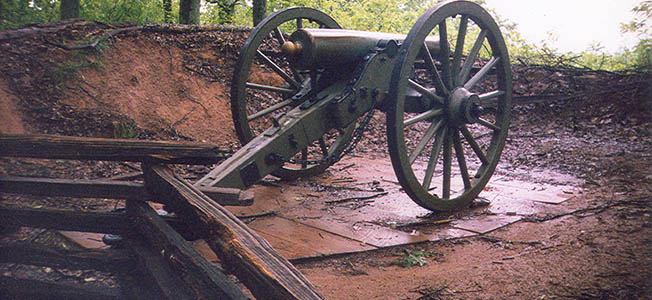
Join The Conversation
Comments
View All Comments